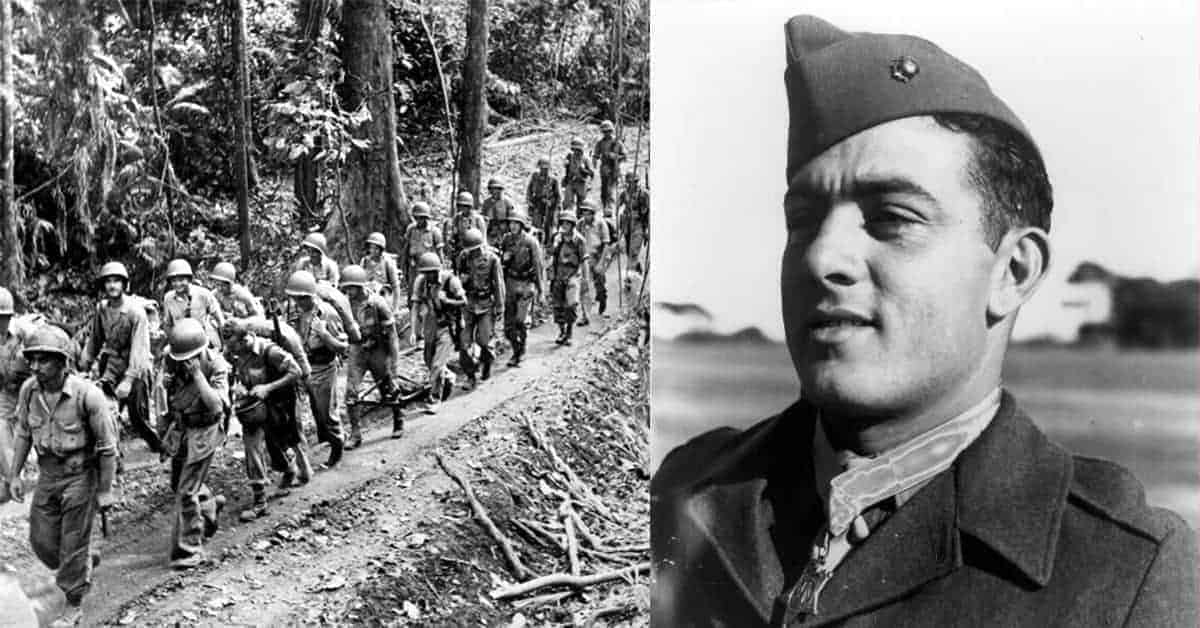With the hindsight that history gives us, it’s often easy to imagine that victory in World War II was never really in doubt. In the popular history of the conflict, we often remember that there were moments when things looked a little bleak (Dunkirk or the Battle of Britain), but once the US entered the war, victory was more or less inevitable. But that idea of the war doesn’t really do justice to the moment the world was in during late 1941. Hitler’s legions marched lockstep across Europe, subjugating nation after nation. And in the Pacific, a Japanese sneak attack knocked out most of the US fleet.
America hadn’t been to war in almost 30 years. And its national mythology was reeling from a defeat at Pearl Harbor. America needed heroes. And it needed a turning point in the war; A moment when it shifted from the defensive and back onto the offensive. And one night on the small island of Guadalcanal, America finally got both. That night, Marine Gunnery Sergeant John Basilone led his men in action through the ink-black jungle. His fight helped turn the tide of war in the Pacific and gave the folks at home the courage they needed to keep up the struggle.

John Basilone was the child of Italian immigrants, born November 1916 in Buffalo, New York. John joined the Army shortly after turning 18 and was shipped out to the Philippines where the US was winding down a decades-long occupation of the islands. John served there for three years, even winning an inter-service boxing championship. After his tour of duty was over, John returned to the US and got a job driving trucks for a few months before deciding he missed the action. Thinking that he could get back overseas faster if he enlisted in the Marines, John joined in 1940. But as fate would have it, John was never sent back to Philipines.
On December 7, 1941, while John was in basic training, a fleet of the Empire of Japan launched a sudden attack on the US naval base at Pearl Harbor. The attack was meant to knock the American Pacific Fleet out of the war, buying the Japanese time to invade the Dutch and British Colonies in South East Asia. And with 100 ships destroyed and two thousand American personnel killed, it’s easy to imagine how the Japanese might have been optimistic about their prospects in the war.
What the Imperial Navy hadn’t planned on was the enormous industrial strength of the United States. And by the summer of 1942, the US Pacific fleet was rebuilt, rearmed, and ready to take the fight to the enemy. The US Marine Corps quickly launched an island-hopping campaign, taking Japanese outposts as the fleet inched every closer across the vast Pacific and towards the Japanese Home Islands. And John Basilone’s unit was tapped to help take the tiny, jungle island of Guadalcanal. But no one, least of all Basilone, knew just how fierce the battle would be.

